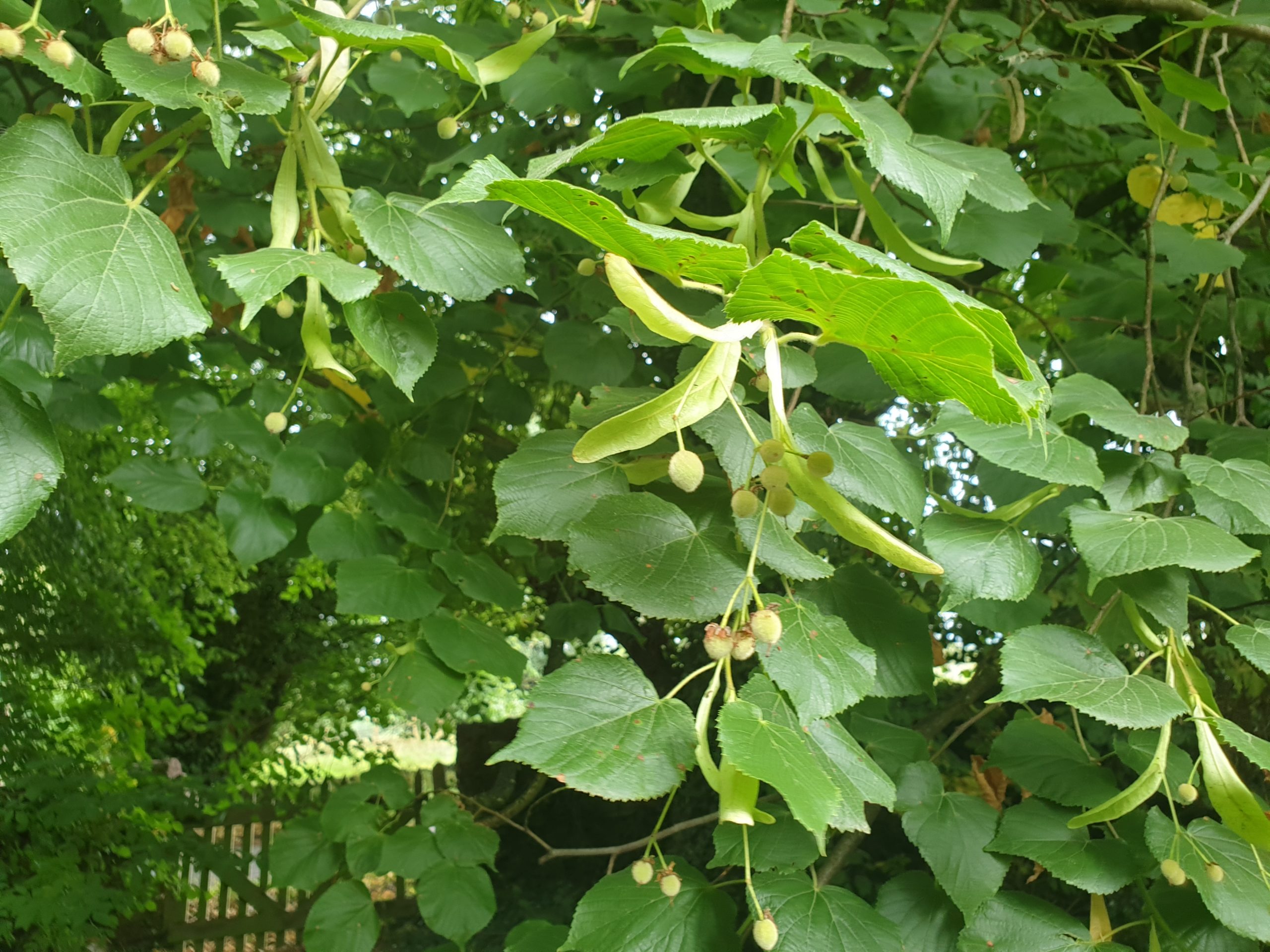How can we group different types of trees?
Classification
Did you know? Different types of trees actually have very little in common.
Many other plants can be easily identified because they can be categorised into ‘families’ of plants which share certain features. For example, many native flower species in the rose family have five petals. However, trees are an example of what we call ‘convergent evolution’. This is when one or more unrelated living things adopt the same features in order to solve similar problems.
Trees evolved from various unrelated plant families which all developed a single woody stem in order to to grow taller and therefore get more light. This means that trees can be found across many different plant families. There are a number of trees in the rose family alone – such as the wild service tree, white beam and rowan.
By seed type
One way to classify trees is to divide them into biological classes. This gives us two main groups; ‘Gymnosperms’ and ‘Angiosperms’.
- Gymnosperm means ‘naked seed’. These were the earliest trees to evolve. They do not produce flowers. Instead, their seeds are directly exposed to the air, so that they can be carried away by the wind, a process called ‘wind pollination’. Pine cones are one example of a ‘naked seed’. Some examples of Gymnosperms you might be familiar with include conifers such as the yew and the Scots pine.
- Angiosperm means ‘hidden seed’. These trees typically have flowers, in which seeds are hidden. The part of the flower where the seeds are produced is called the ‘fruit’ of the tree, but this is not necessarily ‘fruit’ like those we eat. These trees evolved alongside insects, birds and mammals and usually use them for pollination. You can think of Angiosperms as hardwood trees, such as oak and beech.
When categorising trees, there are often exceptions to the rule, even in the strict biological classifications described above. For example, even though wind pollination is a feature of gymnosperms, some angiosperms also use wind pollination. These include, ash, birch and elm.
Broadleaf or Needle?
Another way to categorise trees would be by leaf type, giving us two groups: needle trees and broadleaf trees. However, these categories also cause problems. For example, the gorse is a broadleaf tree (angiosperm) with needle shaped leaves, and the gingko is a conifer (gymnosperm) with broad flat leaves.

Evergreen or Deciduous?
Finally, you may have heard of trees being categorised as evergreen or deciduous. Deciduous trees shed their leaves, evergreens do not. Usually, needle trees are evergreen and broadleaf trees are deciduous. However, the larch is a needle tree (gymnosperm) which loses its leaves in winter (deciduous) and holly is a broadleaved tree (angiosperm) which keeps its leaves all year round (evergreen).

